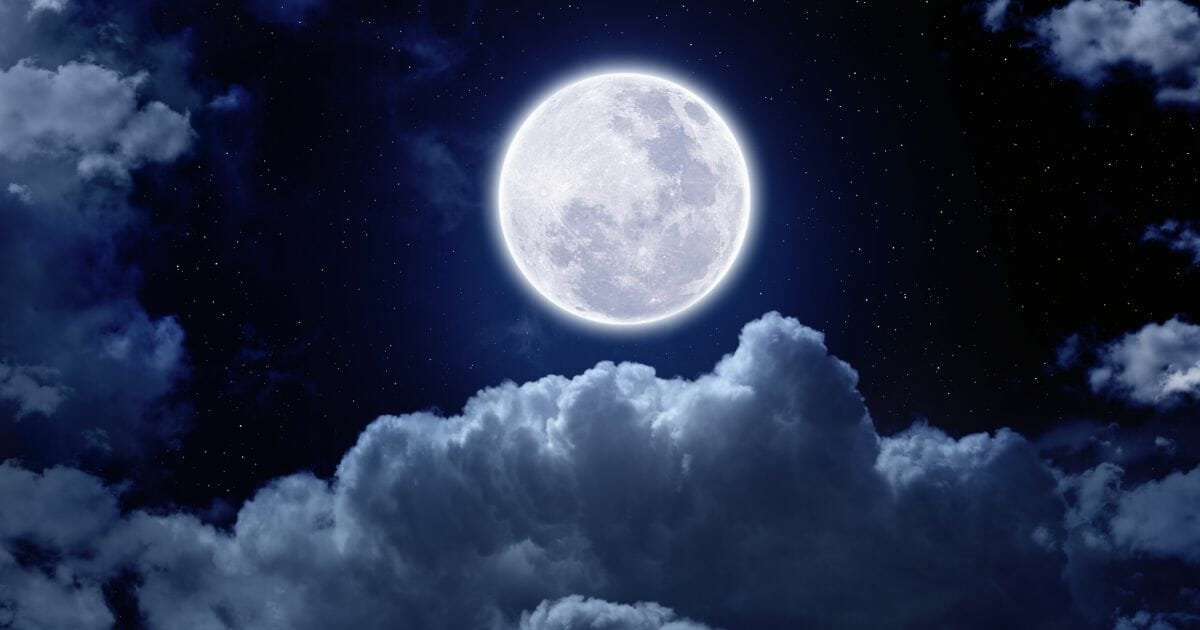What Symbolizes Happiness? A Simple Guide
If happiness was something you could capture in a simple icon or symbol, what would it be? People have been attempting to capture this emotion in symbols or pictures for hundreds of years. Different cultures in different countries have linked different symbols to this powerful emotion.
In this guide, we are going to take a quick look at what symbolizes happiness, or rather the symbols that people associate with joy.
What Symbolizes Happiness?
People often attempt to capture beliefs or emotions in the form of symbols because it’s more helpful to process these complex elements and gives us the illusion that we are in control.
Happiness and joy are some of the most powerful emotions you can experience, but these emotions are difficult to explain. Many people have a tough time feeling happy, especially when they suffer from mental health conditions.
By creating a symbol for happiness and writing it down or placing it as a visual in front of you, you will be frequently reminded to be happy. You can also communicate this emotion to others.
Over time, people from different countries have started associating happy emotions with all sorts of symbols. Let’s take a closer look at these many symbols and their meanings.
The Smile

The smile is a universal symbol of happiness. It is one of the most typical symbols because people who smile or laugh are usually experiencing this powerful psychological effect. We look for smiles when we want to see if someone is happy or if we want to engage with someone who is friendly.
The simple smiley face icon is used across the globe to indicate happiness or contentment.
In some areas, the smile has a different meaning. In East Asia, people who smile too much are believed to be suppressing anger. In Russia and Norway, people who often smile at strangers are considered suspicious.
The Dragonfly

Native American cultures associated happiness with the dragonfly symbol. This symbol means happiness, speed, purity, and transformation. It’s linked to the dragonfly specifically because this insect undergoes so many changes in its life cycle.
The Bluebird

Europeans associate the mountain bluebird with happiness. This may seem strange to some cultures because blue is usually associated with depression. The main reason this bird is perceived as happy is that it looks so vivid when spotted in nature.
People once believed that these birds brought good tidings, and some Christians associated bluebird sightings with messages from the divine.
The Sunflower

It is pretty easy to see why some people associate happiness with sunflowers. You just can’t help but feel a surge of positive energy when you see a large sunflower in its full glory.
This feeling might be because of the psychological effect that colors have on your subconscious. Yellow is one of the colors that make us feel more energized and happy. Sunflowers are also associated with warmth and the sun.
The famous painter, Vincent van Gogh, also loved to paint sunflowers because these flowers represented happiness to him. He experimented a lot with the colors to create paintings that captured happy moods and expressions perfectly.
Because of their positive effect and association, sunflowers are often gifted or used in decorations at special events like weddings, birthdays, or baby showers.
The Dharmachakra

In Buddhist cultures, the dharmachakra, an eight-spoked wheel, is a sacred symbol that represents happiness and liberation. This Buddhist symbol is used because it is believed that true happiness can only be achieved by overcoming various obstacles.
Shuangxi
In Chinese culture, the Shuangxi symbol is a calligraphic icon that means “double happy.” This Chinese symbol is often used on good luck charms, ornaments, and decor items all over homes.
The symbol is often used in decorations on special occasions like birthdays and weddings and is usually red or gold. In red form, the symbol represents happiness and beauty. It refers to richness and nobility when the symbol is in gold.
Lily of the Valley
The Lily of the Valley or May lily was also considered a symbol of happiness in Victorian times in Great Britain. This is because the delicate bloom is a favorite plant for many royals and because of certain English folklore. The icon of the lily was often used to create protective charms, and many believed that these symbols of happiness helped keep evil spirits away.
The Full Moon

The full moon is a powerful symbol in many religions and cultures. Romans associated the full moon with renewal, long life, plenty, and the New Year. In some regions and times, public and private sacrifices were often made during the full moon to secure a happy and healthy life.
It is pretty easy to see why some might associate the full moon with special meanings. Looking up into the big and bright full moon certainly evokes a lot of powerful, uplifting emotions. The full moon also makes us feel a lot more content because it illuminates nighttime and makes us feel safer.
Yellow and Orange

If happiness were a color, it would probably be yellow or orange. This is because these colors affect your subconscious. The colors increase your heart rate and make you feel a lot more energized and happy. In many households, the color yellow is used as a symbol of happiness or as a way of enhancing happy emotions.
Final Thoughts
Now that you know what symbolizes happiness, you can pick one of these icons as a visual reminder to be happy in everyday life. If you find it a little bit difficult to achieve that happy feeling, you should have a look at some of the other guides we have on Well and Wealthy. With our guides, you can find all sorts of strategies that can promote happiness and good health.






